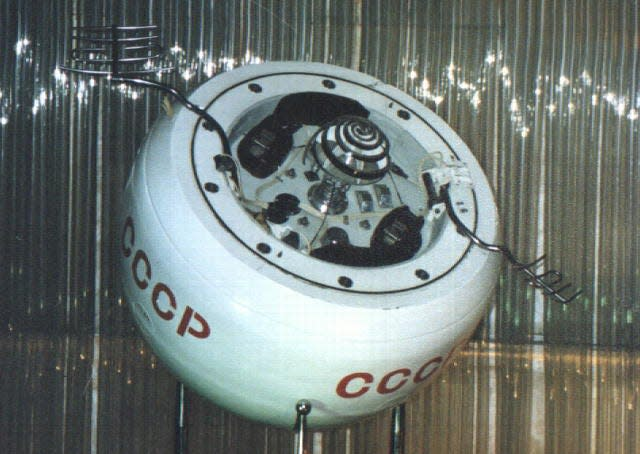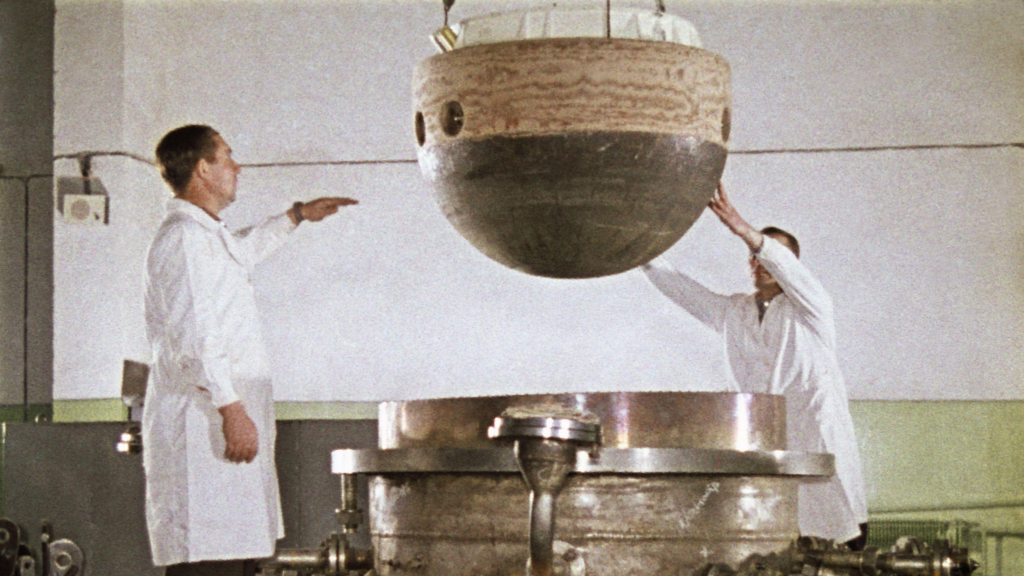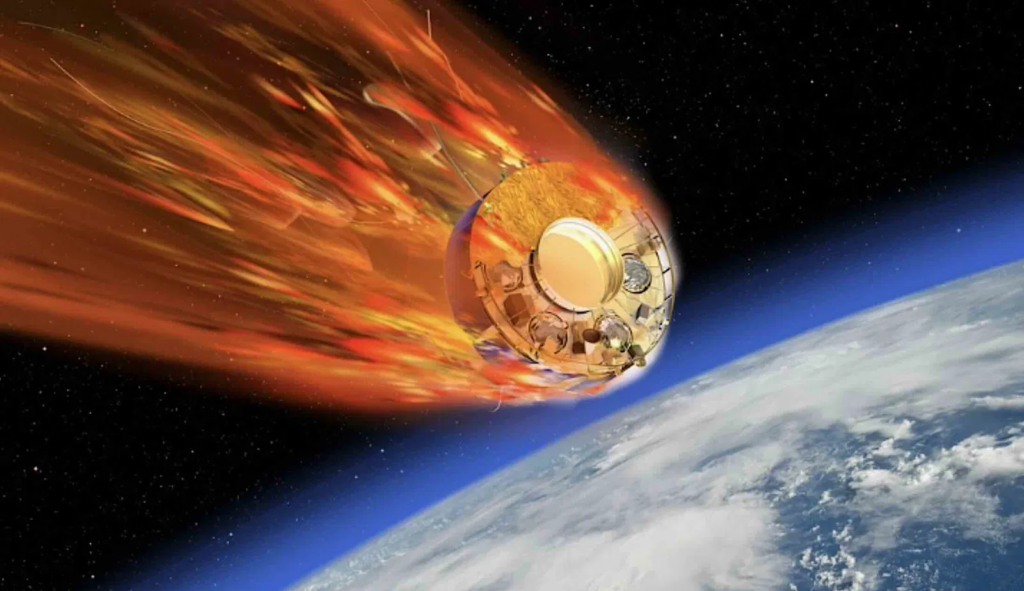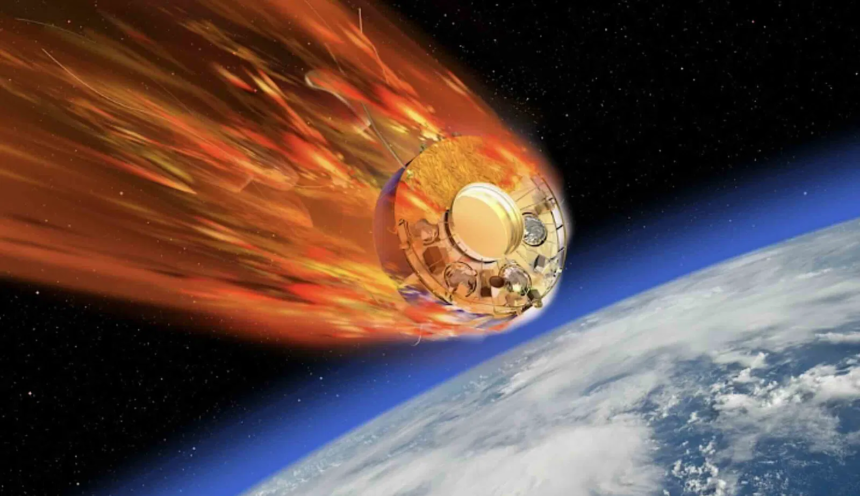Introduction
A mysterious object believed to be a Soviet-era spacecraft has likely re-entered Earth’s atmosphere, stirring curiosity and concern among space watchers. With increasing reports of falling space debris, this incident highlights both historical and modern issues related to orbital decay and space junk. Here are the top 5 facts you need to know.



1. The Object May Be from a 1980s Soviet Mission
Experts tracking decaying satellites suggest the object could be from a spacecraft launched by the USSR during the Cold War. These missions often included spy satellites, communication relays, and scientific instruments — many of which were left in unstable orbits.
2. NORAD Detected the Re-Entry
The North American Aerospace Defense Command (NORAD) reported atmospheric re-entry signatures in line with a decaying Soviet satellite. While no official identification has been made, the trajectory and timing match with known remnants of a 1980s-era launch.
3. No Known Damage or Impact Confirmed
As of now, there are no reports of injuries or damage. Experts believe the spacecraft likely burned up over the Pacific Ocean, far from populated areas — a common outcome for re-entering space debris.
4. Raises Concerns About Space Debris
This event underscores the growing problem of space junk. According to ESA, over 30,000 tracked objects are orbiting Earth. Aging satellites and abandoned rocket parts pose a long-term risk for both space operations and Earth safety.
5. Public Reaction and Speculation
Social media buzzed with theories — from UFO sightings to Cold War coverups. While most of these are unfounded, the mystery surrounding the object’s identity has drawn renewed attention to Cold War-era space missions and their lasting legacies.
Bonus: What Happens During Spacecraft Re-Entry?
When an object re-enters Earth’s atmosphere, it faces intense friction and heat. Most spacecraft disintegrate before reaching the ground, especially if they’re made from lightweight or fragile materials. Heavier components, like fuel tanks or engines, may survive re-entry and fall into remote oceans — often by design. This controlled “disposal orbit” is a technique used to minimize risk to humans.
Why Soviet Spacecraft Still Orbit Earth
During the space race, the Soviet Union launched hundreds of satellites. Many remain in orbit today as non-functional “space relics.” With limited tracking and disposal protocols at the time, these objects were often abandoned post-mission. Today’s space agencies, like NASA and ESA, enforce stricter end-of-life plans to reduce long-term space debris.
How Space Agencies Track Orbital Debris
Agencies use radar, telescopes, and satellite networks to monitor the skies. Tools like the U.S. Space Surveillance Network (SSN) track objects as small as a baseball. These systems notify governments and private operators when potential collisions or re-entries are predicted. Tracking is vital not only for safety but also for pinpointing origins — especially in mysterious cases like this one.
Could It Be Something Else?
While current evidence points to a Soviet spacecraft, space experts haven’t ruled out other possibilities — like upper-stage rocket boosters or defunct scientific probes. Sometimes, even large meteorites can mimic the appearance and radar signature of space debris. Further analysis of trajectory and composition is needed for a final ID.
What It Means for the Future of Space Exploration
Incidents like this highlight the urgency of space sustainability. As private companies like SpaceX and Blue Origin launch more satellites, the potential for orbital congestion increases. Solutions being discussed include active debris removal, better satellite disposal strategies, and international cooperation on space traffic management.
Conclusion
While the re-entry of this Soviet-era spacecraft did not cause harm, it’s a reminder of the enduring presence of decades-old space missions. As international agencies work to monitor and mitigate space debris, these events may become more frequent — and more important to understand. The likely re-entry of a Soviet-era spacecraft serves as both a historical footnote and a warning. As we look forward to deeper space exploration, maintaining Earth’s orbit as a clean and safe environment is critical. Lessons from the past — like this event — are guiding the policies of the future.
Want to know more about space objects and re-entries? Check out our detailed guide on what happens when satellites fall to Earth.









